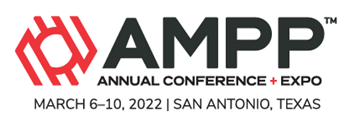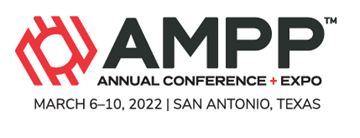Search
Highlighting The Use Of Brush Plating For Plating On Titanium, Nickel Plating, Copper Plating And Metal Matrix Composite Materials
Also Purchased
Highly Durable Solventborne Silicone Organic Hybrid For Protective Coating Applications
Product Number:
51322-17537-SG
Publication Date:
2022
$20.00
How To Acquire A Reliable Scale Inhibitor MEC Number Based On Laboratory Testing Results – A Field Case Analysis
Product Number:
51322-17623-SG
Publication Date:
2022
$20.00
Handling Extreme Environments With Supoxy Platform Technology
Product Number:
51322-17643-SG
Publication Date:
2022
$20.00



